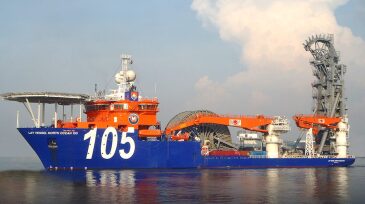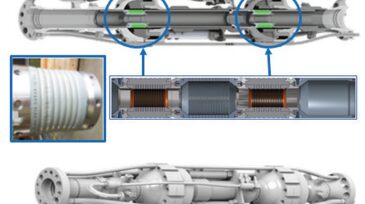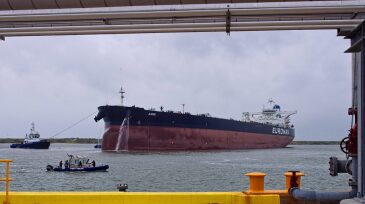deepwater
-
LLOG’s subsea pipeline tiebacks and structures connecting the Stonefly development to the Ram Powell platform are scheduled to be installed in Q3 2019.
-
The decision comes after the company’s discovery of an additional 400 million bbl of oil in place at Atlantis, one of the largest fields in the gulf.
-
The French major is racking up barrels of deepwater production as part of its large-scale West African push.
-
This paper describes how a technique known as applied-surface-backpressure managed-pressure drilling (ASBP-MPD) can alleviate the limitations of conventional deepwater well control.
-
Majors BP and Chevron have overcome development challenges and delays to launch their respective Clair Ridge and Big Foot projects.
-
The unit is flowing oil and gas from the Lula Extremo Sul area, 290 km off Rio de Janeiro state in 2150 m of water.
-
Despite a trend toward renewables and low-carbon energy production among European majors, Total remains wholeheartedly committed to deepwater production.
-
BHP Billiton lost billions during its foray into US shale, but that doesn’t mean it has soured on oil and gas—particularly when it comes to deepwater development.
-
BP has seen enormous payoff from a program to intervene in underperforming subsea wells in the Gulf of Mexico.
-
If approved by the US Department of Transportation, the port facility would allow VLCCs and other tankers to directly load cargo, potentially removing a major hurdle for US crude oil exports.










